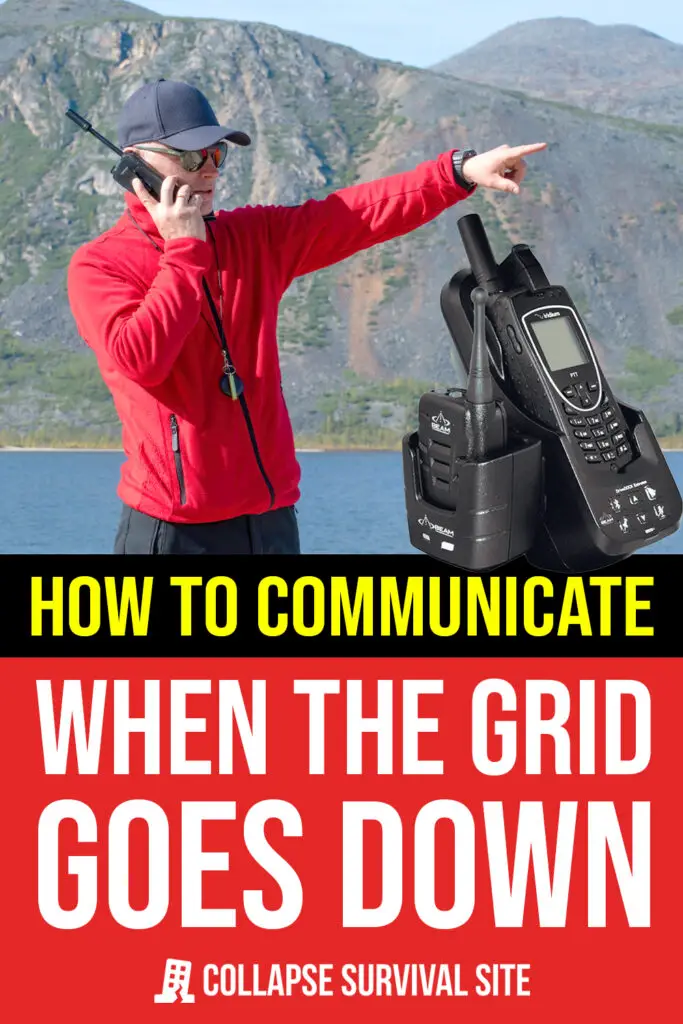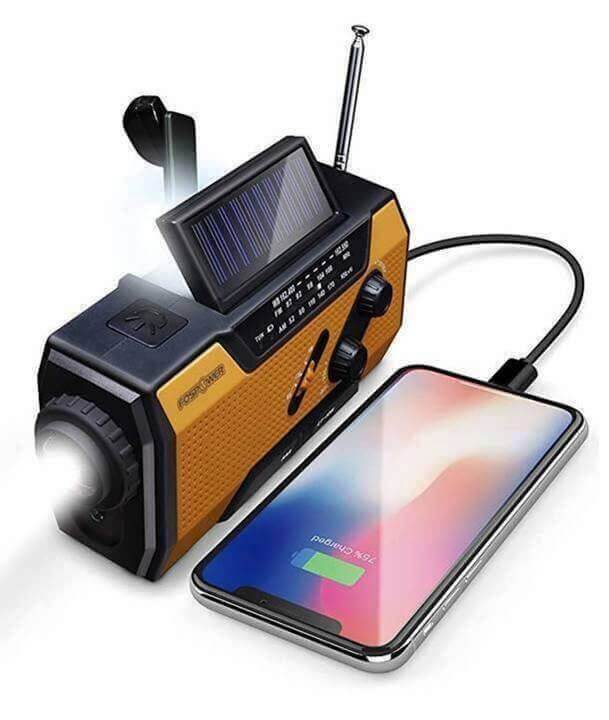Estimated reading time: 16 minutes
We’ve all experienced weather or other events that result in a power outage measured in hours or at worst, days. But there’s a growing possibility that a widespread and long-term power grid failure could occur due to infrastructure failure, a cyber-attack designed to take down the power grid, and assorted other catastrophic disasters.
Most projections for a massive failure of the grid indicate that it would take months if not years to fully recover. In the meantime, the consequences would be devastating as families frantically struggled to not only survive but to simply communicate with each other.
We take basic communication for granted. Look around and you will no doubt notice people staring intently at their cell phones, engaged in everything from texting to surfing the Internet. We watch TV and use our computers on a regular basis to not only find out what’s going on the world, but for entertainment, weather, and information.
But in the event of a massive and sudden grid failure, most of those electronics will fail to function. There will be plenty to think about without electricity, but the fundamental ability to find out how a son or daughter away at college is doing, how a distant relative is surviving, or even how a spouse or family member is coping while they’re away at work or on a business trip will add significant stress to a desperate time.
Want to save this post for later? Click Here to Pin It On Pinterest!

Start With a Plan
Most articles about communication after a grid failure tend to focus on lists of electronic devices from CB radios to walkie talkies as the ultimate solution. But there’s more to it than filling a box in the basement with assorted two-way radios.
We’ll cover some alternative communication methods and devices you can consider and store, but as with any stockpile, you need to have a plan for when any disaster strikes. This includes a basic conversation with your family about how you will communicate and what actions to both take in the event of a sudden and unexpected grid failure.
Families are often spread out.
Sometimes kids are away at college. Moms and dads are at work or maybe on a business trip. Parents and grandparents often live far away and sometimes live alone. Brothers and sisters live across the country and sometimes in other countries. If you suddenly have no access to any conventional communication, what steps should everyone take to effectively communicate?
Determine what everyone will do in the event of a total grid failure.
If dad jumps in the car to go get the kids from college and the kids hopped a ride with a friend to get home, it’s just going to complicate everything when we can’t simply communicate something like, “Stay there, I’m on my way.”
You should have the same discussion about how each person will react if they are downtown at work, visiting friends in another county, or on any kind of trip away from home. When we can’t share fundamental communication about anything, our tendency is to frantically overreact. If everyone has a clear idea of what to do and what not to do, it will at least give you a clear head start on managing events.
Following a massive grid failure, the whole idea of traveling anywhere will be confusing, dangerous, and sometimes impossible.
Jets will be grounded and even trains, buses, and other public transportation will be compromised and overwhelmed. Traffic lights won’t work, and gridlock is inevitable as the streets become parking lots. The ability to effectively communicate with each other and determine the best ways to travel needs to be thought out and planned.
The best advice may be to stay put until there is some level of family communication about how to proceed, unless the immediate situation is desperate.
You can buy every communication device in the world, but they’re worthless if everyone in the family isn’t familiar with their basic operation and limitations.
Teach and practice with any alternative communication device you plan on using. Learn the range limits and how long battery power lasts and ways to increase the range like finding higher ground, not walking or driving while you’re trying to communicate (it interferes with transmission integrity), and avoiding geographical or urban barriers like hills and buildings.
Create communication hubs.
This isn’t as complicated as it sounds. It involves identifying family members and friends in various locations across the country. It’s possible that some of these people will live in areas less affected by events or may be the only ones that have dependable, functioning communication.
The goal is to have everyone in the family contact Uncle Joe in Colorado or Brother Tom in Maryland if they cannot reach anyone else. At that point, that uncle or brother becomes the emergency communication hub with the ability to relay messages and information to some degree about family status, at least in the short-term.
Cell phones will still operate at least from a few minutes to a few days after a grid failure.
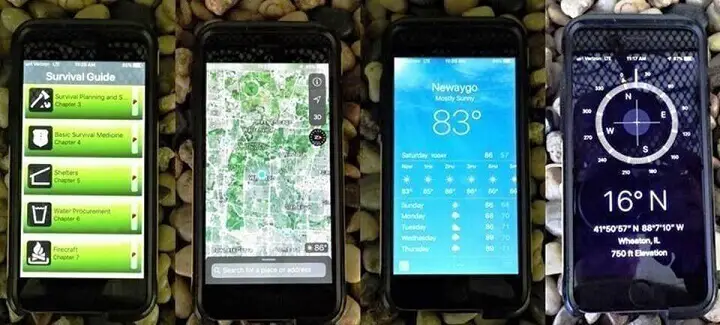
This includes the charge on the cell phone’s battery and the ability of cell phone towers to continue transmitting with emergency backup batteries. Unfortunately, how long any of those batteries last in the towers is measured in a matter of days.
One of the first things everyone should do is use their cell phones to contact home to and indicate what their next steps will be. Encourage everyone to use their phones sparingly, but remind them that you may only have a short period of time to clearly communicate and agree on next steps.
If they can’t get through to home, it’s important they remember the communication hubs with other family members. The time frame for this initial communication is short, so everyone should make an effort to communicate their status and intentions.
Another thing to keep in mind with cell phones is that text messaging will sometimes get through even when overall transmission signals are weak. Voice communication requires more bandwidth and a stronger signal, but texting requires less and could at least allow you to achieve some level of communication. No guarantees, but definitely worth a try.
Find and collect all of your alternative communication equipment.
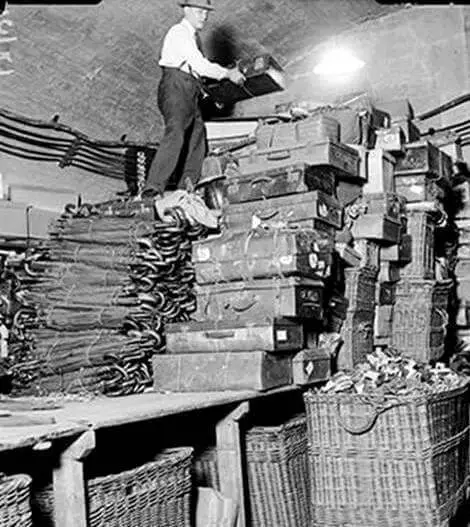
Ideally, you have this all packed in a single box or place in addition to batteries and other related equipment. You’ll no doubt be assembling a lot of other things from flashlights to blankets, but alternative communication should join the collection.
Distribute a communication device to each family member and if you haven’t already practiced, make sure everyone knows how to use them whether it’s a walkie talkie, satellite phone, or a CB radio.
Don’t forget good old-fashioned U.S. Mail.

There’s a post-apocalyptic movie called The Postman. One of the essential storylines is that even after the end of the world as we know it, the mail will still go through. It probably won’t travel as fast, but if the mailman is still showing up, it’s definitely worth writing and mailing letters to everyone you want to reach.
There will be community communication boards.
You may have seen pictures of these in war-torn countries. They’re literally walls or boards covered with written messages to loved ones in the hope that someone will happen to see the message. They usually show up around municipal buildings like city hall or police stations.
And it doesn’t have to be a community board. You can agree ahead of time that you will leave messages for each other at various places or locations you’ve identified. Hide them if you feel you need to, but make sure everyone is familiar with the hiding place. It’s not the best way to communicate, but a lot of this is about sending a message in many ways in order to increase the odds that a message will get through.
If you ever physically visit someone’s home and find they are away, leave a message. Either slip it under the door or find somewhere where they will see it. One critical thing to remember is to let them know how you can continue to communicate in the future.
Assemble Alternative Communication Equipment
This is where we’ll get into various types of radios and devices. One thing to remember is that everyone you want to communicate with is going to need a device. They’ll also need to know how to use it and have the necessary batteries or portable power to keep it working.
Here are some of the possibilities…
Walkie Talkies (Two-Way Radios)
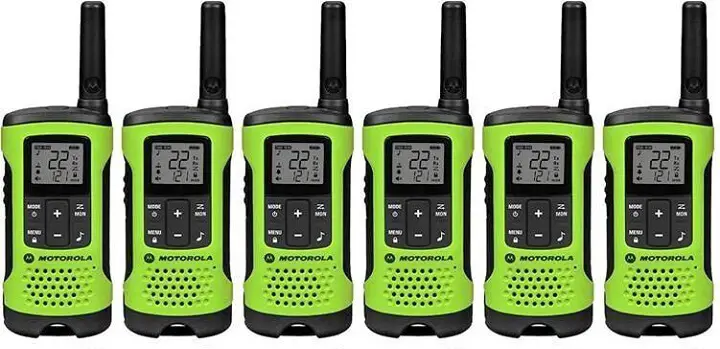
Two-way radios have been around since World War II and they are sold today under a variety of brand names. A Motorola model has up to a 35-mile range and is sold in a pack of 12 units. It makes sense to buy at least 2, but you’ll need one for every family member if you are depending on this type of communication on a regular basis.
Most feature 22 channels, but you may have to switch channels if someone else is using the same channel. One of the benefits is that they are relatively inexpensive compared to some other communication options.
CB Radios
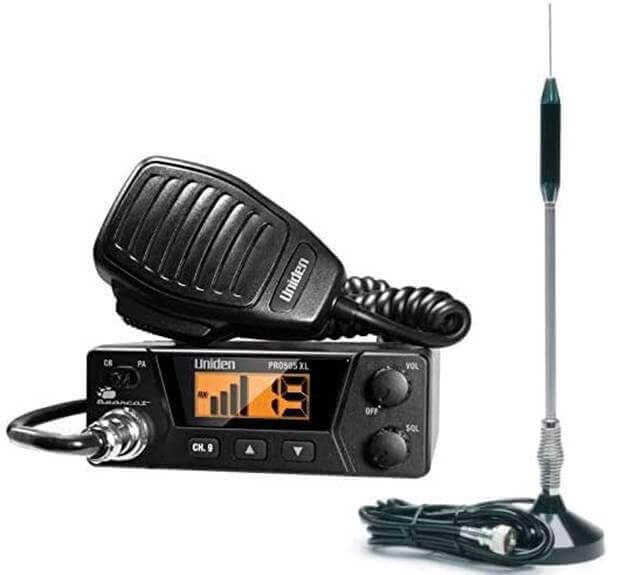
CB radios were at their peak of popularity in the 70’s but have been overshadowed by the emergence of cell phones. They have 40 channels and a range of up to 20 miles depending on terrain and aerial location and size.
Both CB radios and two-way radios depend on “line-of-site” transmission. That means that barriers like mountains and buildings can interfere with transmissions because they block a clear line-of-site.
They are also inexpensive and are available as fixed units for home or a vehicle and as handheld units. Here again, remember to buy enough for everyone you communicate with if this is your primary form of emergency communication.
HAM Radio
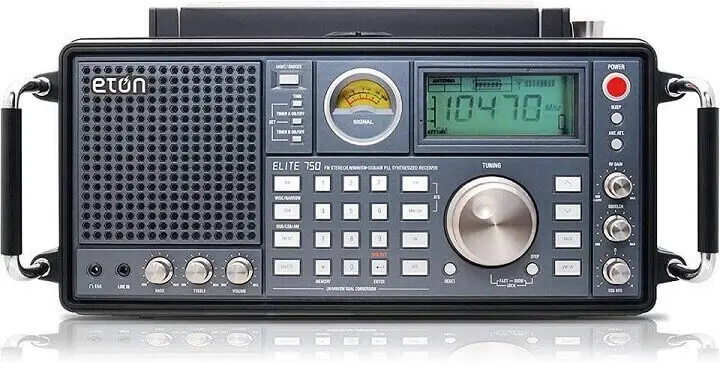

HAM radio is the gold standard for emergency communication, but it requires a license and a bit of training and study to acquire the license. They are available as base stations and there are also handheld units. They have a range often described as “worldwide” although a lot depends on atmospheric conditions and the size of the antenna. Some antennas tower over the roof of a home.
Prices are higher than conventional two-way radios ranging from $50 for handheld units to $1,000 for a full base station. The HAM radio license fee for a basic license is usually $40. One idea is to buy a base station and a number of handheld units to distribute to family members.
Learning how to operate them is critical and a bit complicated, but they have proven themselves time and again in emergencies around the world.
Satellite Phones
Satellite phones are the most expensive emergency communication option ranging in price from $2,000 to $3,000 for one unit. The cost for using a satellite phone is charged by the minute and can range from $1 to $5 per minute.
This isn’t an easy option for many people, but for those who can afford it, it’s one of the most reliable communication devices. They work by directing a signal directly to satellites in orbit around Earth usually orbiting at about a distance of 90 miles. They can connect to any phone under normal circumstances, but in the event of a grid failure, another satellite phone may be the only way to receive a call.
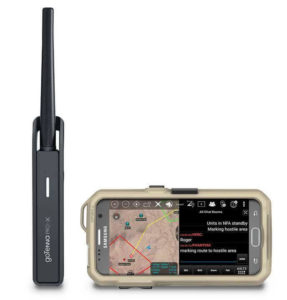
GoTenna
You may not have heard of this idea, but like so many communication innovations, it originated with the military. The goTenna attaches to your smart phone and allows you to create your own short range communications network. It has a range of half a mile to a couple miles (or more) depending on terrain, so this is a strictly a close quarters communication solution.
The good news is that it will allow you to call or text on your cell phone, even without a cell tower. The catch is that everyone will need one for your improvised network to work.
Landline Phones

Even after a grid failure, it’s possible that old landlines will still work. There are no guarantees, but landlines are not powered by electricity but by a low-voltage current delivered through the lines. Many people have canceled their old landline phone service and use cell phones exclusively, but calls to 911 can often get through even when service on a landline has been discontinued.
Landline calls can connect to any phone including cell phones, but here again it all depends on what’s working. Landline phones are very inexpensive, so if you’ve tossed your old land line phones away, it may be worth getting a new one – just in case.
Solar/Hand-Cranked Radios
Solar and hand-crank radios are conventional radios the reach both AM and FM bands, and some reach NOAA frequencies for weather updates. They are recharged either with a small solar panel on the top of the radio or a hand crank. Many have USB ports for recharging cell phones and other electronics, and most have a built in flashlight.
They will not allow two-way transmission to other family members, but may be the best and only way to get information on events and the latest news and developments.
And Don’t Forget…
Extra Batteries
Most of these devices operate on batteries to varying degrees. Take a good like at your communication options and determine the types of batteries you’ll need as backups. Some devices like CB radios and HAM radios will run off a 12-volt battery, but others require AAA, AA, C or D cell batteries. An obvious consideration is to store rechargeable batteries.
Rechargeable Batteries
Most rechargeable batteries can be recharged a variety of ways, from power generated by a generator to solar and even hand-cranked power generation. In an environment when so many basics services will collapse, it makes sense to think about sustainable resources like rechargeable batteries.
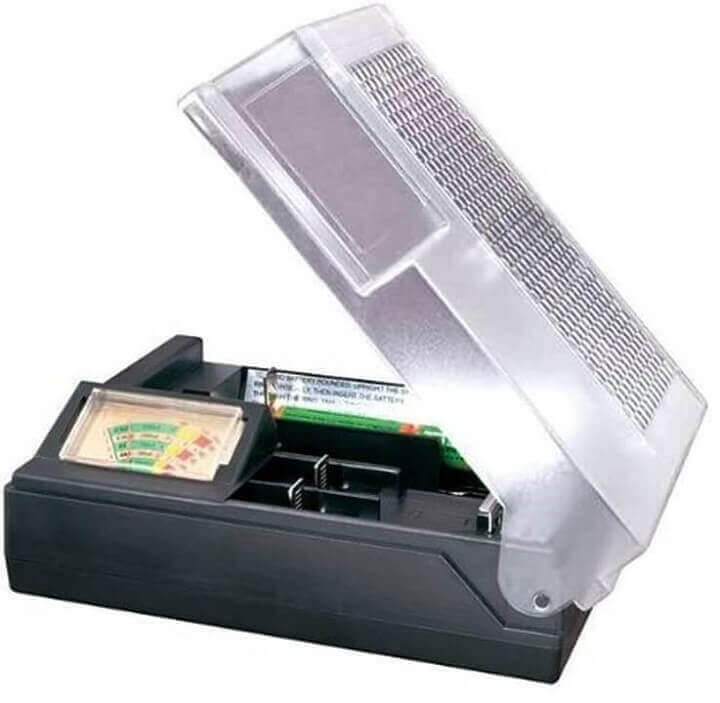
Most solar battery rechargers are self-contained units that can recharge multiple batteries at the same time from a solar panel on the top of the battery case.
Solar Power Banks

Solar power banks are an indispensable source of power for many small electronic devices. They’re relatively inexpensive. They have USB ports that will allow you to connect a variety of electronic devices that require any recharging.
The Internet May Still Work
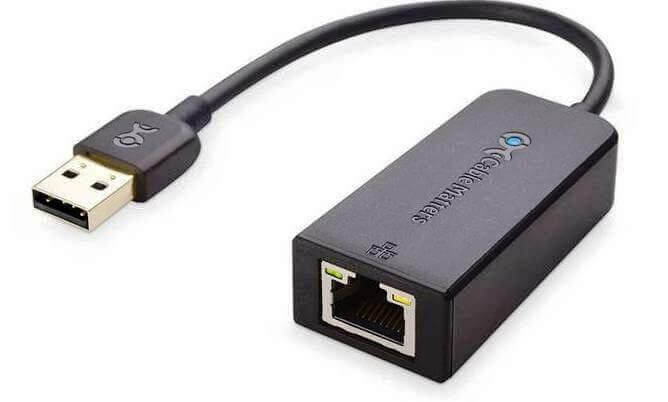
No guarantees, but the Internet was initially designed by the Defense Advanced Research Projects Agency (DARPA) to create a communications platform that would survive total thermonuclear war. It has advanced significantly since then, but if the original design can withstand nuclear war, parts of it just might survive a total grid failure.
What’s important is to not assume anything. Try the internet and as a backup, buy a USB adapter that will allow you to plug in an old, standard landline phone jack. If landlines are still working, you can always go back to the stone age of the Internet when landlines were the only connection. You won’t have the bandwidth for a lot of things, but email was pioneered through landlines and may still work.
Most Vehicles Have a Radio
It’s worth remembering that most cars and trucks come with a radio conveniently installed. If you’re desperate for information on how events are unfolding, you can always sit in the car and turn on the radio. Remember too that many new car and truck models also have USB ports for recharging electronics.
Develop a Communication Pattern
As events unfold, it makes sense to agree to dedicated times for family communication. It’s not an issue when everyone is living at home at the same time, and many families may gravitate to one location during a grid failure, but if family members are spread around the country, develop a pattern for your communication.
One idea is that everyone needs to check in with home or the family communications hub at least once a day. If that’s not possible, determine a different time-frame, but it should be consistent. In other words, “Call your mother.” Consistent communication will at least relieve some level of stress when everything is presenting new challenges.
Buy the Book
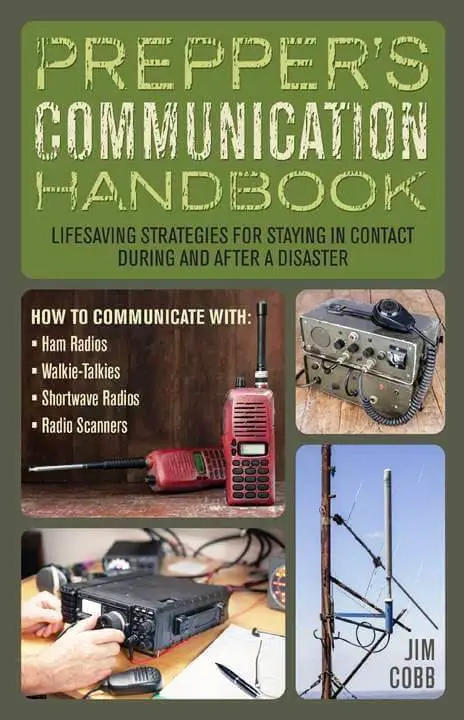
There are a lot of details we couldn’t cover in just one article, but there’s an excellent book that covers all of these forms of alternative, emergency communication and a few more. Before you buy anything, you might want to give this a good read.
It Doesn’t Have to Be Expensive
You can find a lot of used electronics on eBay, Craigslist, at garage sales and flea markets. Surprisingly, most of them still work. People just don’t see the need for old CB radios, landline phones, and other electronics that seem dated and outclassed by cell phones and computers.
Unfortunately, there may come a day when that ancient electronic technology becomes the only communication technology that works.
Like this post? Don't Forget to Pin It On Pinterest!

